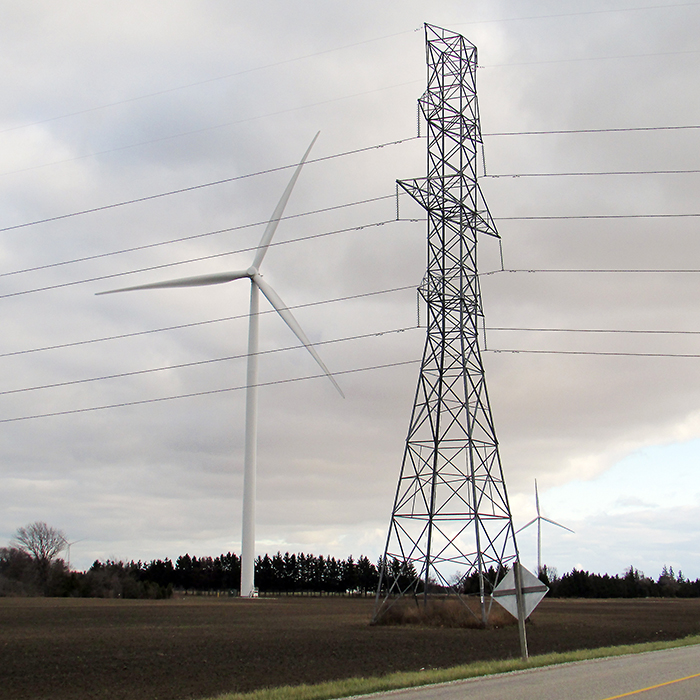
While the province continues to tell well owners they are very concerned about the safety of their water in north Chatham, a document has come to light showing the government knew deep pile driving construction methods for wind turbines would cause problems with water wells.
After uncovering the document about Hydro One’s decision not to use a deep piling method of construction for transmission tower foundations due to possible contamination of adjacent private water wells, Essex MPP Taras Natyshak has once again called on the province to complete a health hazard investigation of contaminated wells sites surrounding Samsung’s North Kent One wind turbine site in Chatham-Kent.
Well water contaminated with sediment became undrinkable at about 20 farms in the area shortly after Samsung began pile driving into layers of bedrock shale in the ground. Natyshak provided the Liberal government with documentation showing that Hydro One, which was responsible for running hydro lines to the wind turbine project, ruled out pile driving because of the risk to local wells.
In the report, it said the contracting company instead recommended a micro-piling type of foundation, a fact that was reviewed and accepted by the Ontario Ministry of Environment and Climate Change.
In a public report from EBS Geostructural, the contractor for Hydro One which installed hydro towers to connect the Samsung wind site to the power grid, the company noted that traditional deep foundations such as driven pile were not feasible. The reason given was “the potential for driven pile installation to cause issues with nearby active water wells.”
“For over 100 years, rural families and farms in this area had access to clean, clear and safe well water from aquifers underground,” said Natyshak. “Now they have black water, contaminated with black shale which adheres with heavy metals that can be released into the stomach if the water is ingested. Hydro One ruled out pile driving because they were concerned about the impact on local wells. Hydro One wouldn’t take the risk – so why did the premier let Samsung do it?”
The link to the Hydro One report can be found at http://www.ebsgeo.com/who-we-are/blog/details/~28-Micropiles-Support-Hydro-One-Towers
“Clearly there was a potential issue with pile driving in this region of Ontario. Hydro One wouldn’t do it and when Samsung did, local wells turned black,” said Natyshak. “Chatham-Kent residents, hydrologists, academics, engineers, construction companies and even Hydro One seemed to have been aware of the risks of pile driving to the local well water. So why did Kathleen Wynne ignore these warnings? Why is she still ignoring these risks, even when the evidence of black well water contamination is placed right before her eyes?”
Natyshak has continued to ask questions in Ontario legislature, calling for a health hazard investigation into the safety of drinking water with black shale in it known to adhere with heavy metals.






